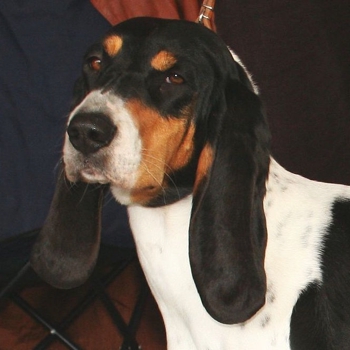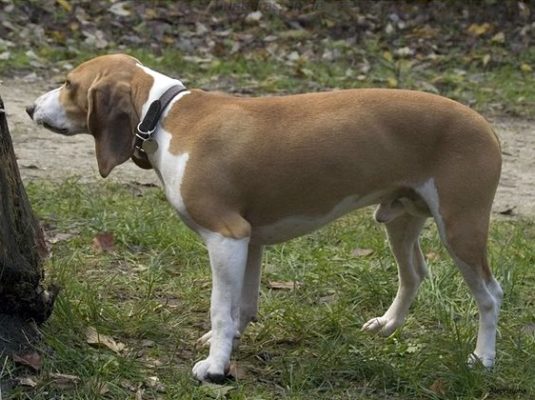Small Swiss Hound
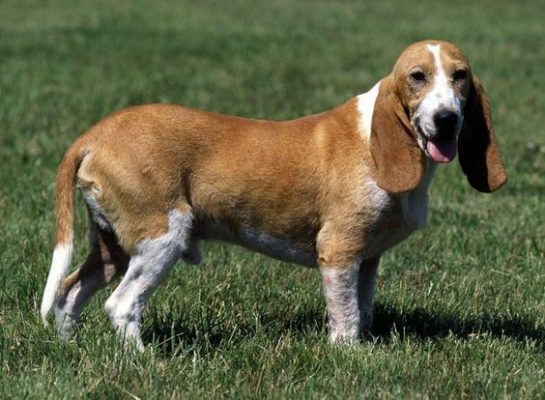
Like its older brothers, the Small Swiss Hound is a very hardy breed of dog with an excellent sense of smell and ringing bark. It has a balanced character and is quite friendly to people. Hounds can switch very quickly; its total calmness at home is replaced by frantic activity and persistent pursuit during the hunt. The breed is characterized by loyalty to the owner, ready to follow him to the edge of the world, unconditionally obey his wishes.
Table of Contents
Breed Information
| Another Name | Schweizerischer Niederlaufhund |
| Origin | Switzerland |
| Height | Males 36-38 cm Females 33-36 cm |
| Weight | 10-16 kg |
| Fur | Smooth |
| Color | White with black and reddish-brown undercoat; black with reddish-brown undercoat; blue-black with black spots; white with orange-red spots |
| Lifespan | 10-14 years |
| FCI Classification | Scent hounds and related breeds |
| Group | Hunting dogs |
| Price | From $800 |
Breed Photos
Origin History
At the end of the 19th century, Switzerland banned hunting with hounds taller than 36 cm. All hunters frantically began to look for an alternative. They gathered all the Swiss-type hounds with small stature and decided by experimental crossing to create a new species of a low-statured hound. The result is the Small Swiss Hound, a breed with excellent traits as a fur hound while complying with the new hunting regulations. They are rarely seen outside their homeland and are mainly used only for hunting small game.
The Small Swiss Hound is four of the most popular hunting breeds, differing between them only in coat and color:
- Small Bernese Hound (short-haired and wire-haired variants);
- Small Jura Hound;
- Small Lucerne Hound;
- Small Schwyz Hound.
The Small Swiss Hound is a more miniature copy of the larger Swiss Hound. The only competitor among the hounds is the Braccus, but it is also inferior to these “rockets” in speed. At the beginning of the XX century, the Swiss Amateur Society of Short Leg Hounds accepted a new breed of the Swiss Hound very warmly into its family. Still, the international acceptance had to wait till 1954.
Appearance
The Small Swiss Hound is a little, one might even say miniature breed of dog, but it is strong and graceful. The elongated narrow head rests on a beautiful long neck. The well-developed thorax is completed by powerful limbs and a slender tail that can rise when excited. The long ears hang down, and the eyes are oval. The maximum height at withers of the Small Swiss Hound representatives can reach 45 cm and weigh up to 15 kg. Short-legged Swiss hounds have a similar body structure and appearance; except for the nature of the coat, they are also distinguished by their color:
- Small Bernese Hound: white with black spots or black saddle and underpain.
- Small Jura Hound: Pale with black chapper, sometimes with black smokiness; black and tan; a small white spot on the chest is allowed.
- Small Lucerne Hound: blue (of black and white hair), dense mottling with black spots or black saddle and underpain; black cheprak is allowed.
- Small Schwyz Hound: white with orange spots or orange saddle; orange cheprak allowed.
Character
Like its older brothers, the Small Swiss Hound is a very hardy breed of dog with an excellent sense of smell and ringing bark. It has a balanced character and is quite friendly to people. Hounds can switch very quickly; its total calmness at home is replaced by frantic activity and persistent pursuit during the hunt. The breed is characterized by loyalty to the owner, ready to follow him to the edge of the world, unconditionally obey his wishes. Representatives of this breed will never openly attack a man; any stranger is treated with caution. It reacts sensitively to suspicious rustles and sounds and can perform well as a watchdog.
Care
Representatives of the breed Small Swiss Hound not afraid of the cold, in care, are not fastidious. Breeders have taken care of the unpretentiousness of small hunters. The Small Swiss Hound does not like to be left alone, can get bored, barking and whining loudly. In this case, it is advisable to get a couple of small puppies of this breed at once or keep them in the house where the owner lives with his family. Then she will certainly not have time to be bored. The main condition for keeping is active and frequent walks in the fresh air. The small hound’s violent energy should not be accumulated; it is desirable to get rid of it regularly. Short hair is not subject to the process of shedding; it is enough to wipe the pet with a damp towel after walks. Eye washing, brushing teeth, and ears are daily procedures that should not be neglected for the sake of the pet’s well-being.
Training
Even an ordinary amateur can train a Small Swiss Hound. The dog is brilliant and picks up everything on the fly. If you want your pet to react adequately to other dogs and cats and even make friends with them, you need early socialization. It’s a good idea to play with him and give him treats for a command he does well.
Common Diseases
The Small Swiss Hound is characterized by good health. A well-groomed representative of the Small Swiss Hound, receiving a balanced diet and having a free opportunity to move in the open space, rarely gets sick. The anatomical peculiarities of the long ears make this breed potentially prone to ear canal inflammatory diseases. Obstructed air access contributes to chronic otitis media, so careful attention should be paid to the cleanliness of the ear canal of these dogs.
Nutrition
Lightweight dogs require special attention in their diets. A balanced diet is of greater importance. To accommodate all the necessary components of the diet in a small amount of food, the diet must be carefully followed. The basis of the Small Swiss Hound dog menu is raw meat of lean varieties, chopped in small pieces. A thick vegetable soup can be prepared based on meat broth, and liquid oatmeal or other porridges can be prepared with milk.
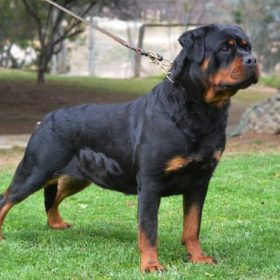 Rottweiler
Rottweiler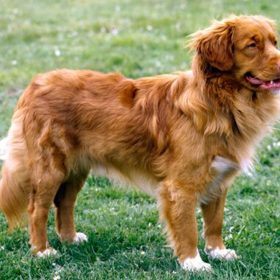 Nova Scotia Duck Tolling Retriever
Nova Scotia Duck Tolling Retriever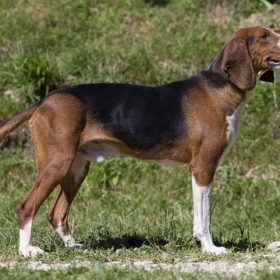 Serbian Tricolour Hound
Serbian Tricolour Hound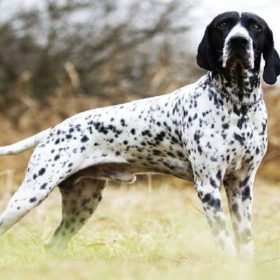 Braque d’Auvergne
Braque d’Auvergne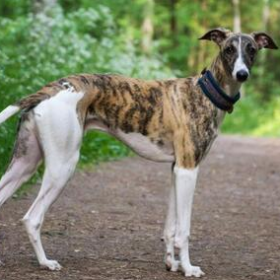 Greyhound
Greyhound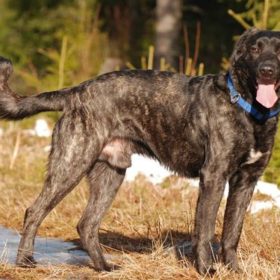 Castro Laboreiro Dog
Castro Laboreiro Dog
